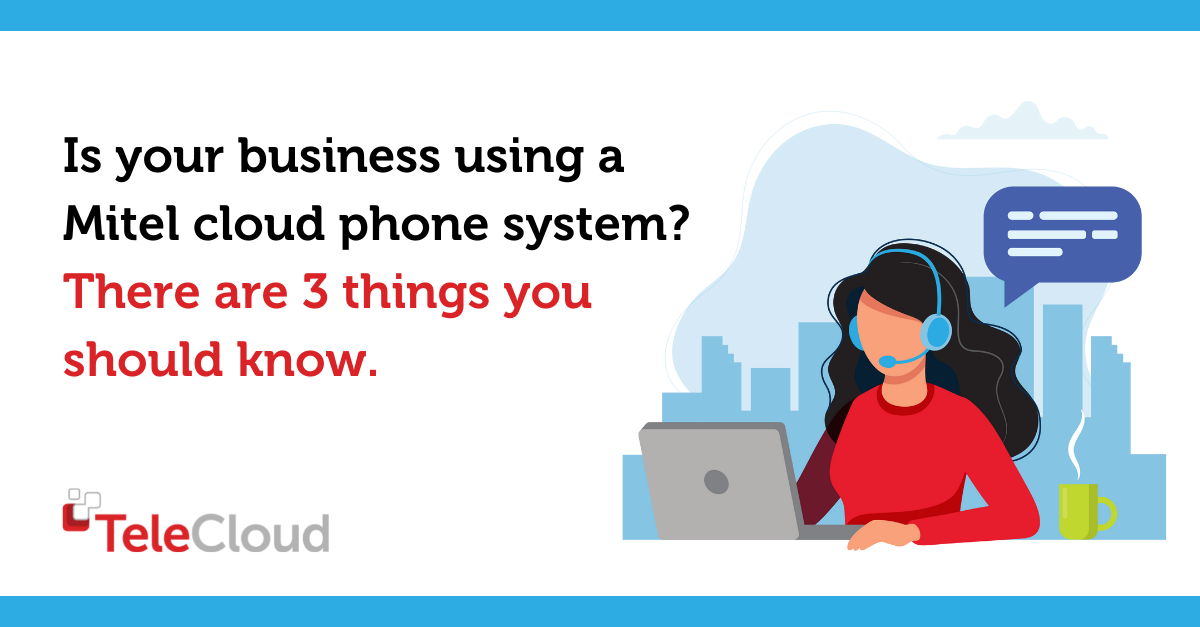5 Tips When Evaluating VoIP Phone Quotes and Providers

5 Tips When Evaluating VoIP Phone Quotes and Providers
If you're in the market to evaluate a new VoIP provider, you may have evaluated a few quotes from different providers. If you're currently struggling to understand the differences between these proposals, you’re not alone. When just looking at quotes, many find that most VoIP providers pretty much all look and sound the same. It can be especially hard to look beyond and to understand the actual differences in service offerings.
To help you make sense of these quotes, here are five tips to keep in mind when assessing potential VoIP providers.
Tip #1: Determine if the provider offers onsite or a remote installation package.
With an onsite installation package, a provider like us will physically come to your location to perform a site survey before the installation. On the day the numbers port, the provider will install all necessary IP phones and hardware, such as firewalls, network switches to ethernet cabling.
With a remote installation, the phones and router will be shipped to your office, and someone (usually a third-party IT company) or in house IT will need to physically plug these devices into your computer cabling and cabling infrastructure. Larger providers tend to lean toward remote installation because they simply don't have the geographic ability or time to individually dedicate to each client, even if onsite installation is the best choice for that company.
However, it's important to remember here that one package is not better than the other. It's about what your business needs. When it comes to this question of onsite or remote installation, it's largely about office size. If you have between 15 and 100 phone users and no in-house IT department, onsite installation is usually the best option because you don't have the time or resources to tackle this alone. If you're a bigger office environment, though, with a mature in-house IT team, it's very plausible you could handle this installation yourself (while leaning on your VoIP provider remotely).
Tip #2: Determine if the provider offers onsite or remote end user training.
Much like with installation, you want to know if your potential VoIP provider offers onsite or remote training. All providers offer some form of remote training, but the extent of this varies. It can be little more than e-mailed end user phone guides, or it can be a full remote webinar that walks through the end user portal software. With onsite training, your team gets live, hands-on information about the phone hardware, as well as the associated software.
Again, as with installation, there's no right or wrong answer here; it's about what's best for your individual company and employees. Given the personality traits of your personnel and the extent of features they'll be routinely using, you have to ask yourself if your team would benefit from onsite training or not. If the answer is yes, keep that in mind when reviewing any given provider’s proposal.
Through years of experience as a professional VoIP provider, Tele-Data Solutions has come to the opinion that onsite training is usually beneficial. Learning features while the phones are ringing live tends to shorten the learning curve and to make any abstract concept more tangible and easier to retain. It also allows your staff to ask questions of the VoIP provider in real time.
Tip #3: Determine where the VoIP provider's service department is located.
When you call, web chat or e-mail into a potential VoIP provider for help and support, it's important to know where that communication is directed. Does it go to another state, to another country, or local to you? If, for example, your company is based in New Jersey, a VoIP provider that's also based there will understand the culture and environment in which you do business, and this inherent understanding can help lead to effective, speedy resolutions. Even something as silly as weather patterns can be important because a company that's local to you can anticipate the solutions you'll need based on current inclement weather or storms in your area.
Especially if you're a small business (under 100 users), working with a larger provider also often means your service call will be routed to the small business department with underpaid and overworked employees. More established service engineers and staff, are reserved for larger accounts.
Tip #4: Determine if the provider responds quickly to client requests.
Every minute your phones are down or not fully operational is a minute it could be costing you real business - and money - so it's critical to know how fast your provider offers service. While it's tempting to look at your batch of quotes and to simply select the lowest price, going with the lowest number usually comes with red tape.
Particularly with VoIP providers, you need to know your service requests will be handled effectively and quickly, so make sure to do a simple Google search on any company you're considering doing business with. Read online reviews from their real customers to get a sense of the company's commitment to customer service.
Tip #5: Beware of low ball/rock-bottom quotes.
If something seems too good to be true, it usually is, and this definitely applies to quotes. Large VoIP providers are very good at turning around quick rock-bottom quotes, but you have to ask yourself what those companies aren’t including to get to that monthly figure.
Usually, important features and services are left off that quote in order to get to the lowest number possible. When reading a quote that seems suspiciously low, make sure to ask about the following:
Built-in geo-redundancy.
If your primary system fails, geo-redundancy enables it to fail over to a second server, ensuring all calls can be processed without any downtime. If the system it asterisk based, there is no redundancy. Does the provider with the low quote offer this service?
Free phones included
If the phones are included "for free" this often come with very basic phone models. The phones usually have few buttons, making it difficult to program them for time-saving features, such as speed dial and buttons to see who is on the phone or not. Plus, there is no such thing as free because you will be locked into a contract.
Features removed
With low quotes, many common features are either unavailable or cost extra. This could include voice mail to e-mail, voice mail to text transcription, call recording, call reporting, and more. With low quotes, always be careful the features you need are available and won’t cost you significantly more to use them.
Use these five tips as a guideline, and then make sure to ask lots of follow-up questions to determine if a provider's quote offers everything you and your business needs.
Bonus Tip:
Many providers add a 8-12% surcharge (not including taxes) for no reason but to collect more revenue from your business. When you evaluate providers ask them what their surcharge is and don’t accept a vague answer. It is a BS tactic to take your money.
By Vincent Finaldi
Vice-President, Tele-Data Solutions
E-mail: vin@tele-datasolutions.com | Direct Line: (908) 378-1218
What brings me satisfaction is meeting with New Jersey–based businesses and genuinely helping them solve communication and business problems. As someone who has lived in New Jersey my entire life, I love working and playing here. I live in Florham Park with my wife, Lisa and our son Leo. Although it usually hurts, I will root for the New York Giants.


